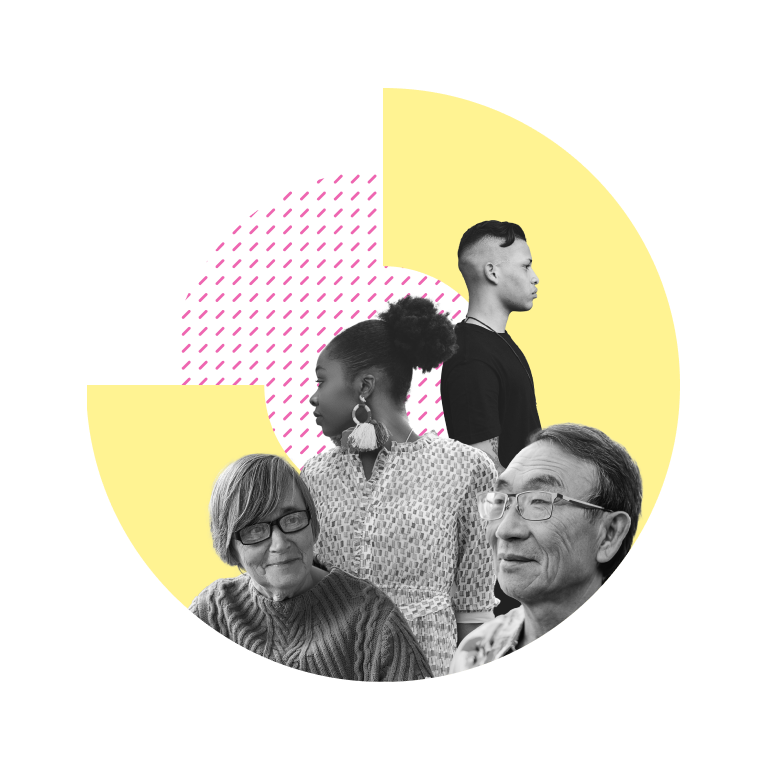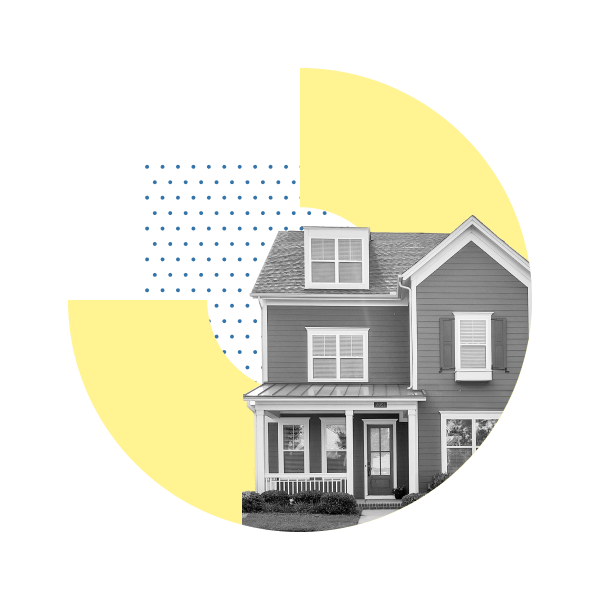Population
Get clear, easy-to-understand insights and government data for all your questions on US population and society.
Data guides
Recent articles
Fact-based answers to the questions we’ve all been asking.

Explore our changing population
Dig in to decades of US population data in a series of interactive charts that look at age, race, population density, and more.
